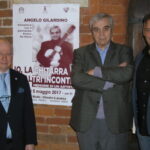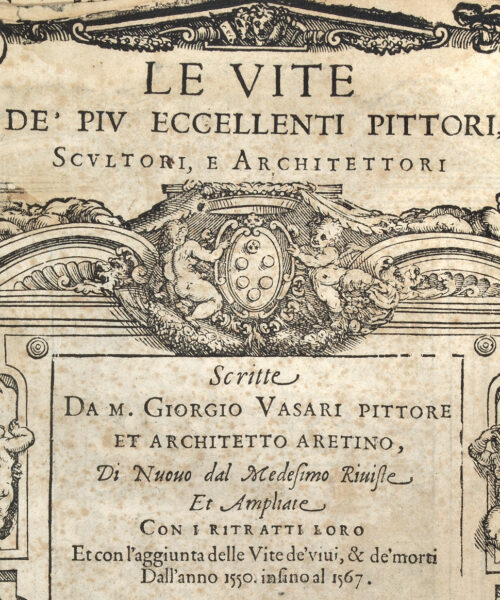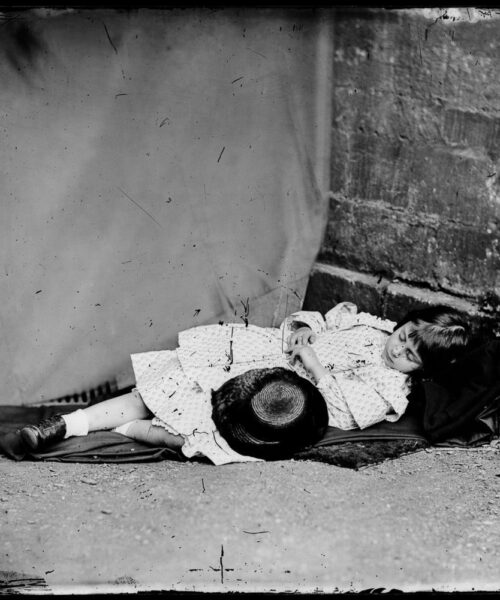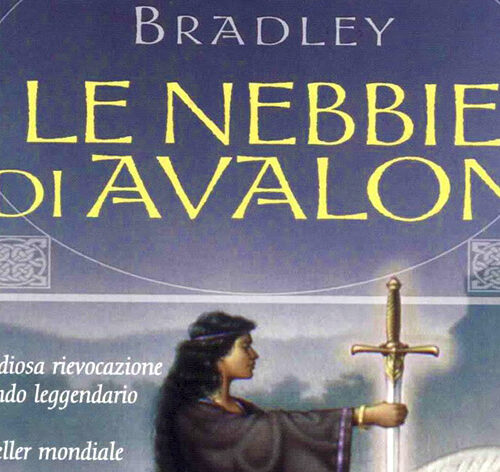Lewis Carroll’s “Alice in Wonderland” offers us a timeless piece of literature that continues to amaze and entertain readers of all ages. The book is a true triumph of imagination, a journey into a dreamy and enchanting world that brilliantly reflects the author’s fervent imagination.
Alice, the young protagonist, embodies the innocence, curiosity, and spontaneity of childhood. Carroll portrays her as an intelligent and courageous girl with a lively sense of adventure. It’s impossible not to admire her ability to adapt to various, and often absurd, scenarios she finds herself in, reflecting the wondrous flexibility of a child’s mind.
Carroll fills his world with a series of eccentric and bizarre characters who defy the conventions of logic and common sense. From the Mad Hatter to the Queen of Hearts, each of these characters is a tribute to the author’s creativity. They are tangible proof of his extraordinary talent in building memorable characters who, despite their eccentricities, somehow resonate with the reader.
The way Carroll plays with language and logic in the book is equally remarkable. His surreal plots and the enigmatic utterances of his characters offer not just moments of pure entertainment but also deep reflections on the nature of language, reality, and perception.
Carroll, also known for his work as a mathematician and logician, manipulates words, rules, and the structure of the narrative in fascinating and often delirious ways. An example is the Mad Hatter who answers Alice’s questions in an enigmatic and paradoxical manner, creating a surreal world where language does not obey the logical rules we are used to, leading us to reflect on the very nature of language and how it can be manipulated.
Another example is found in the enigmatic poems and rhymes that punctuate the book, like the “Mock Turtle” and the “Gryphon”. These strange and often incomprehensible stories represent Carroll’s attempt to underline the absurdity and arbitrariness of reality as we perceive it.
Carroll also uses language to highlight distorted perception of reality in Wonderland. Alice’s change in size, for example, offers a surreal view of the world that challenges our normal perception of reality and identity. The words that describe these experiences lead the reader on a journey between dream and reality, reason and nonsense.
Finally, Carroll plays with the rules of logic in his book, creating paradoxical situations that defy our expectations. An example of this is the trial Alice faces at the court of the Queen of Hearts, where the verdict is issued before the trial. This absurd moment challenges our ideas of justice and order, and highlights the arbitrariness of the rules that govern our society.
Through his skill at manipulating language and logic, Lewis Carroll not only creates a fascinating surreal world but also prompts us to reflect on the very nature of language, reality, and perception.
“Alice in Wonderland” is a testament to Carroll’s incredible imagination. The author has created a unique and fascinating literary universe that has the power to inspire, amaze, and make his readers reflect, regardless of their age. Although it was written over a century ago, the book maintains a freshness and relevance that few works can claim. It is a tribute to the boundless power of imagination and its ability to transform the way we see the world.












